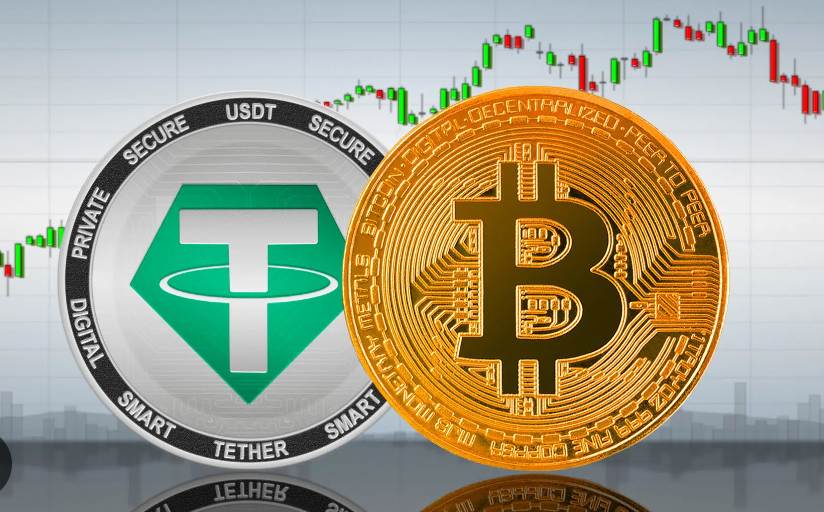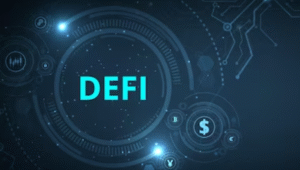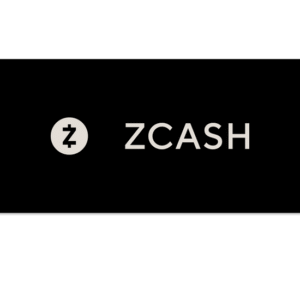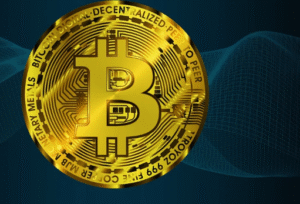$USDC $USDT #Stablecoins #CryptoNews #Blockchain #DigitalAssets #Finance #Investing #MarketTrends #CitiForecast #BankTokens
Will Stablecoins Surge to a $4 Trillion Market by 2030? Discover the Potential Growth Unveiled in Latest Forecast!
In the ever-evolving landscape of crypto finance, stablecoin news has been buzzing with optimism. A recent report suggests that while stablecoins are poised for significant growth, bank tokens may ultimately eclipse them in transaction volume. This revelation could reshape how we view the future of digital currencies and banking.
Understanding the Market Dynamics
Stablecoins, which have gained traction as a digital alternative to traditional fiat currencies, are projected to reach a staggering $4 trillion market cap by 2030. This optimistic forecast is drawing attention to the potential for stablecoins to revolutionize transactions and everyday financial activities. However, the introduction of bank tokens—digital assets issued by financial institutions—could change the game entirely.
Bank tokens are designed to serve as a bridge between traditional banking and the crypto world. They are expected to incorporate the stability of established financial institutions while leveraging the efficiency of blockchain technology. This combination not only enhances transaction speed but also provides a level of trust that may attract more users to digital assets.
The Growth of Bank Tokens vs. Stablecoins
As we analyze the potential trajectories of stablecoins and bank tokens, it’s crucial to consider their unique advantages. Stablecoins maintain their value by being pegged to fiat currencies or other assets, making them less volatile than cryptocurrencies like Bitcoin or Ethereum. However, bank tokens offer an additional layer of security and regulatory compliance that may appeal to institutional investors and traditional users alike.
Transitioning to bank tokens could mean a shift in user behavior and preferences. If banks successfully market their tokens as secure and efficient means for transactions, we could witness a substantial migration of transaction volume away from stablecoins. This could ultimately lead to bank tokens surpassing stablecoins in everyday use.
The Implications for Investors and Users
For investors, the rise of bank tokens could represent new opportunities. With increased transaction volume and adoption, these tokens may yield significant returns. Consequently, it’s essential for investors to stay informed about trends in stablecoin news and developments within the banking sector.
Users, on the other hand, may benefit from enhanced transactional experiences. The convenience and speed offered by bank tokens could lead to more widespread adoption of digital currencies in daily financial interactions. As banks innovate and adopt blockchain technologies, the potential for seamless transactions will likely increase.
Looking Ahead: The Future of Digital Assets
In conclusion, while the stablecoin market may be on a trajectory toward $4 trillion by 2030, bank tokens could emerge as formidable competitors. The ability of bank tokens to blend traditional banking security with blockchain efficiency may draw users away from stablecoins, ultimately reshaping the digital asset landscape.
As we move forward, it’s imperative to keep a close eye on both stablecoin developments and the rise of bank tokens. To stay updated on the latest trends, visit relevant text and explore more about digital assets and their implications in the financial world.
For those interested in trading and investing in cryptocurrencies, platforms like relevant text provide excellent opportunities to engage with these emerging technologies.











Comments are closed.